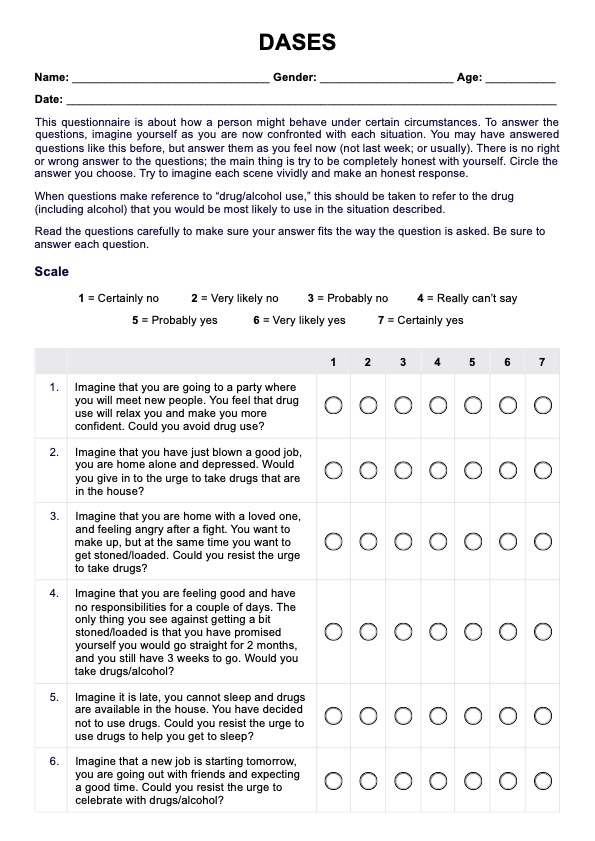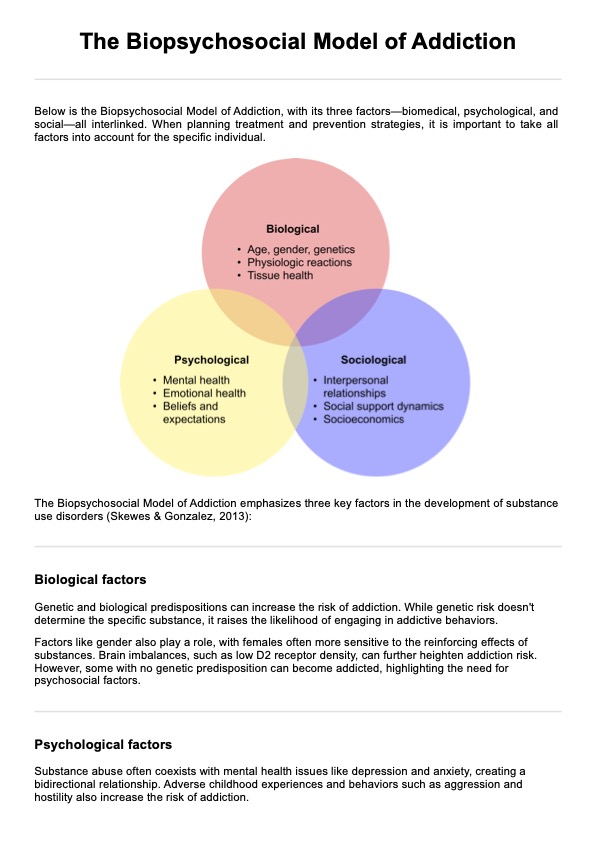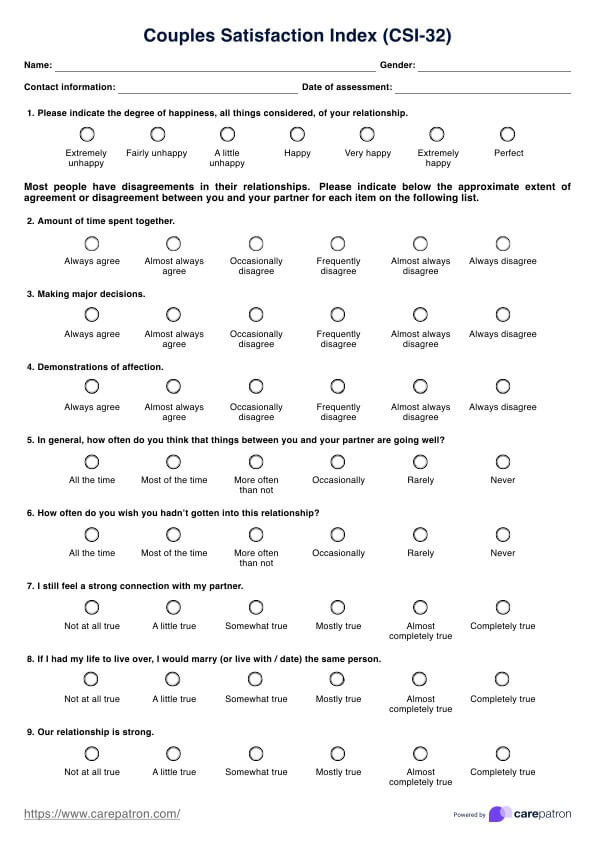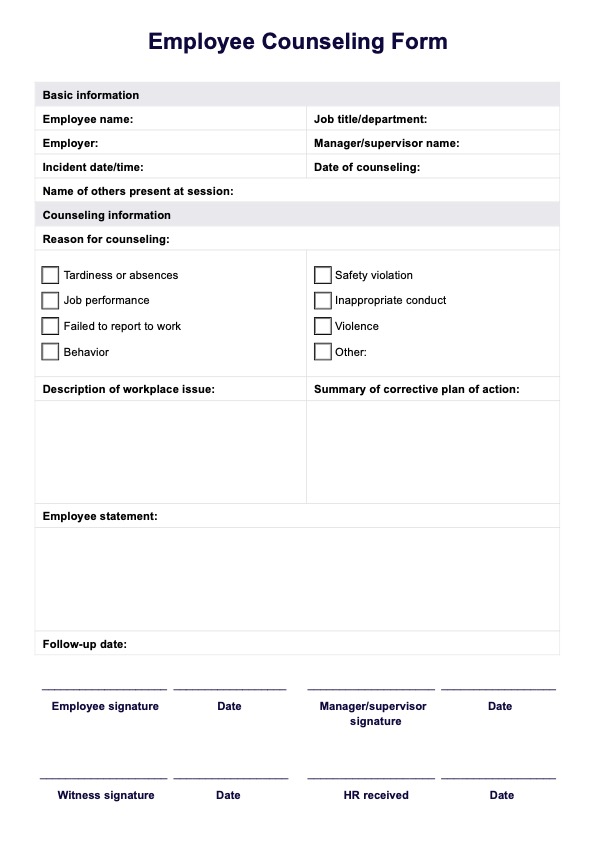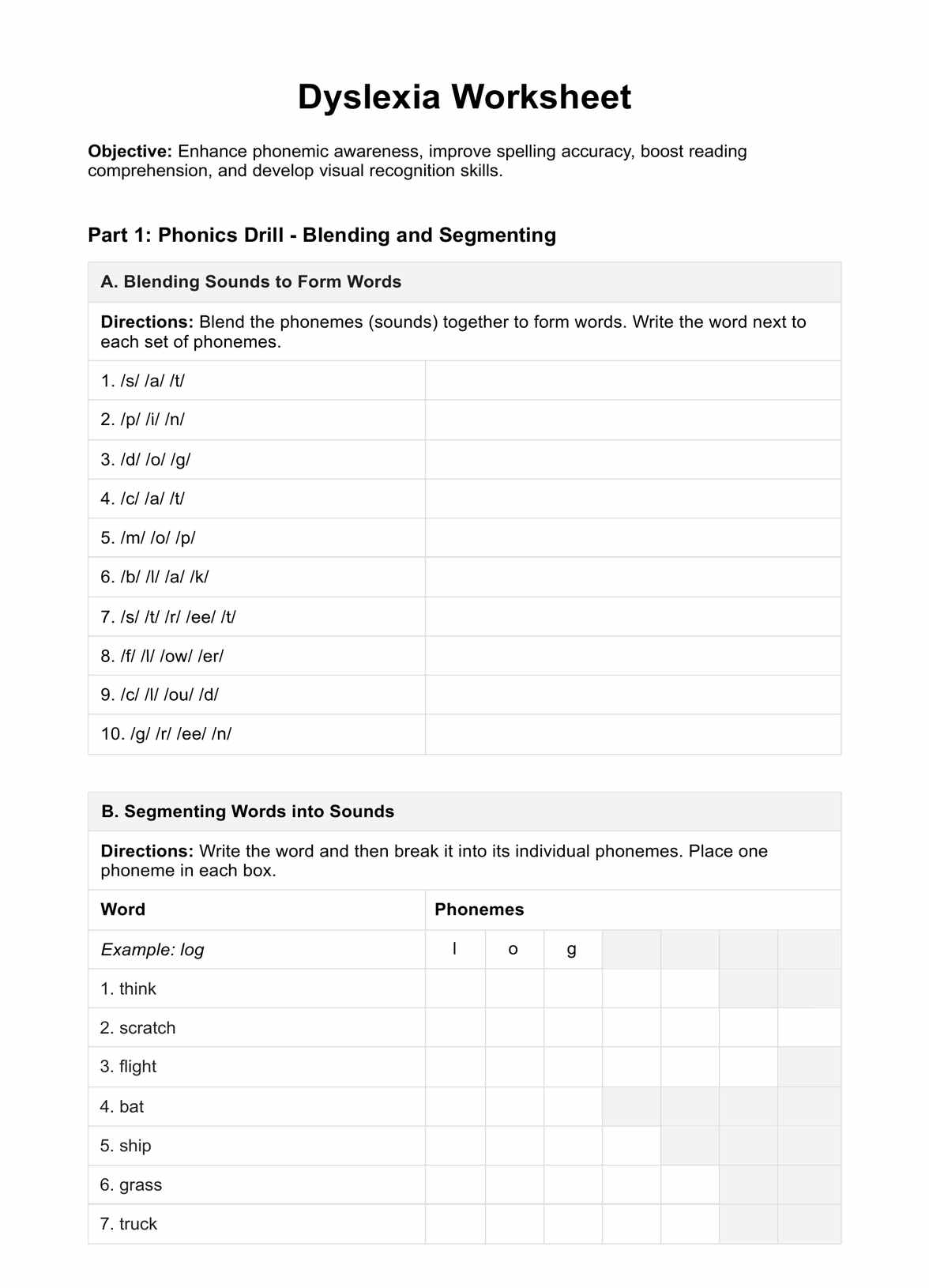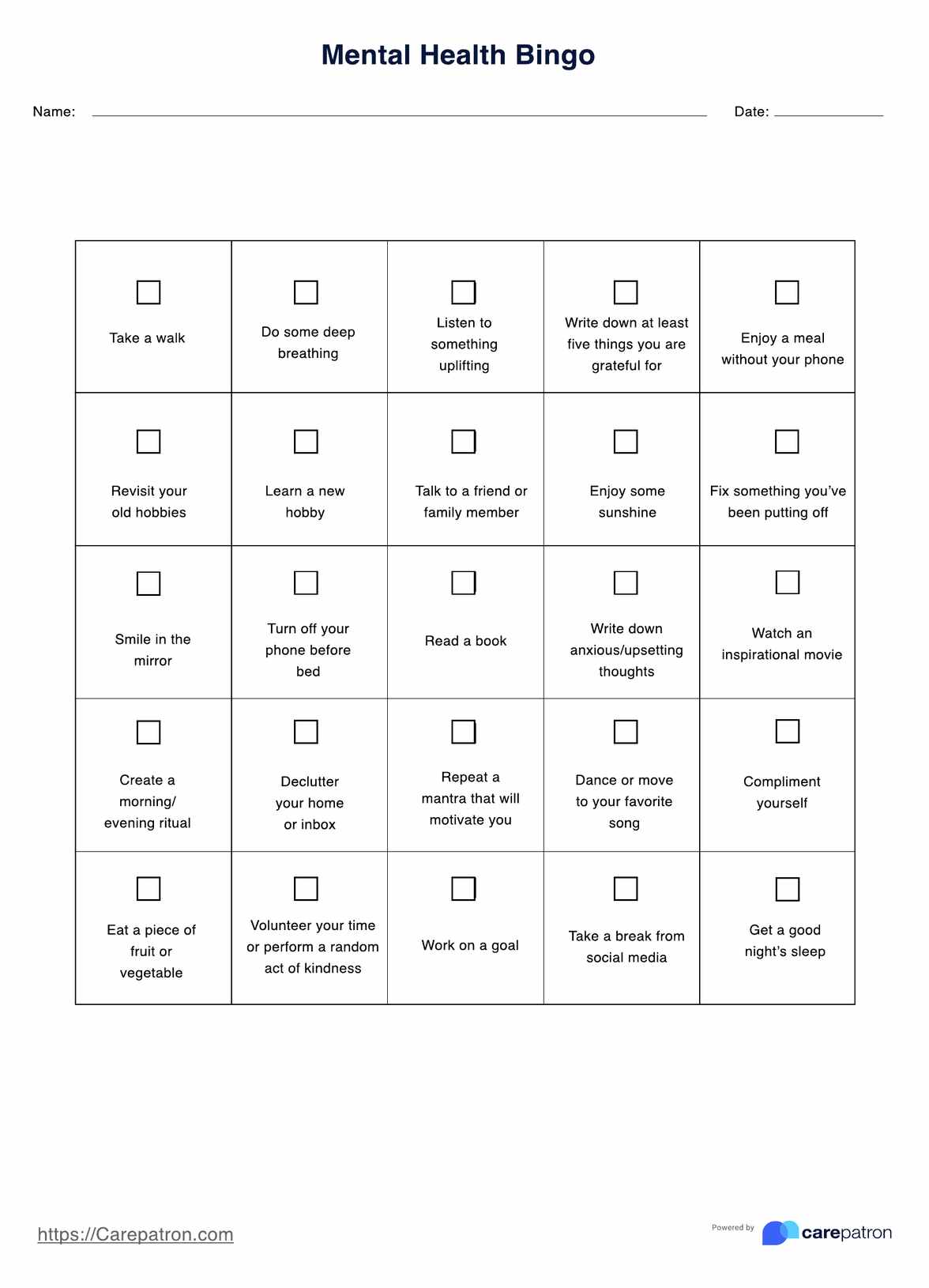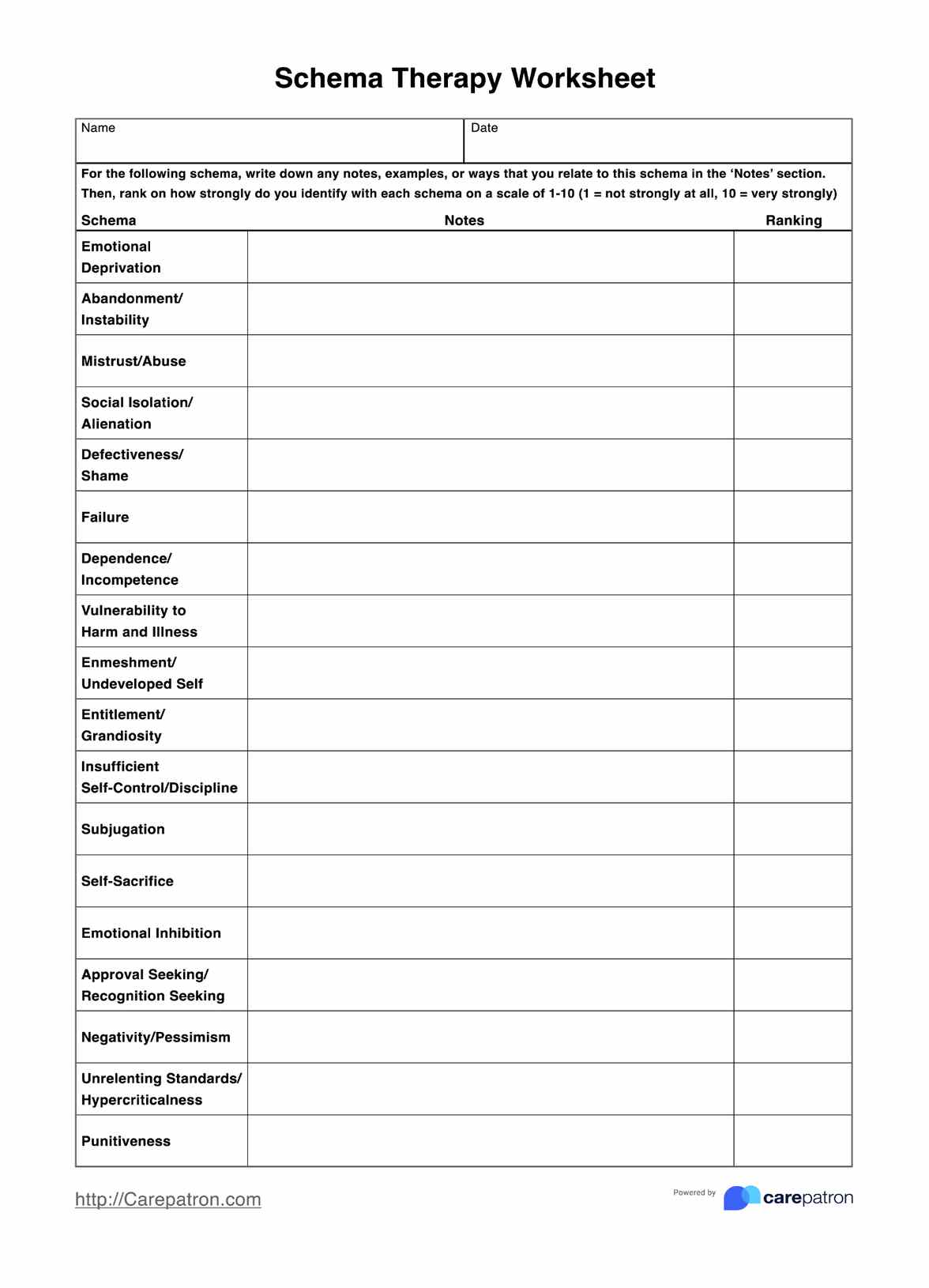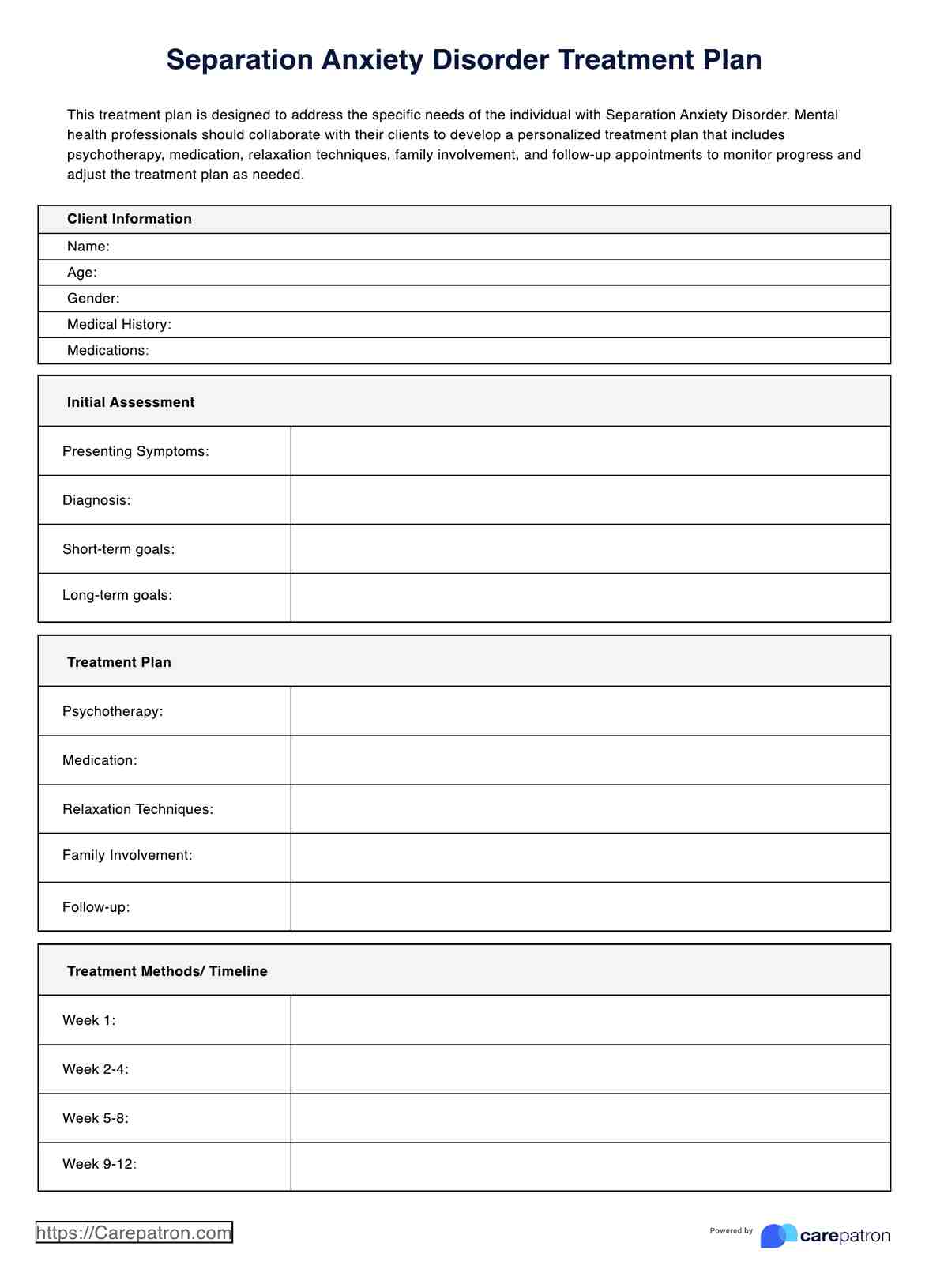ASAM Dimensions Treatment Plan
An ASAM dimensions treatment plan is a comprehensive approach to addiction recovery. Download the PDF and learn more about the plan's key components.


What is an ASAM Dimensions Treatment Plan?
Substance abuse can significantly impact one’s life, causing physical and mental health problems and damaging relationships with family and friends. Alcohol abuse, in particular, can lead to severe physical and mental health issues, necessitating a comprehensive treatment plan for successful recovery. This plan provides important structure and guidance to help individuals through recovery.
The American Society of Addiction Medicine (ASAM) dimensions allow clinicians to determine the most appropriate type and intensity of care for an individual based on their unique needs. It is a comprehensive model with six dimensions to summarize an individual’s needs for treatment planning, medical management, and patient placement. These dimensions are:
- Acute Intoxication and/or Withdrawal Potential
- Biomedical Conditions and Complications
- Emotional, Behavioral, or Cognitive Conditions and Complications
- Readiness to Change
- Relapse, Continued Use, or Continued Problem Portable
These dimensions provide a framework to help health care providers (specifically addiction treatment providers) identify appropriate care and develop a practical course of action for a patient’s need. It combines these six key dimensions to create an extensive outline and a holistic approach to addiction recovery.
An ASAM Dimensions Treatment Plan includes information about the patient’s current and past substance use, medical conditions, psychological functioning, level of motivation for change, risk of relapse or continued problems due to substance use, and any additional social or environmental factors.
Treatment plans are adaptable and can be used for individuals seeking enhanced psychological health and support, as well as those with physical and physiological challenges. With healthcare professionals' needs in mind, we have developed a general treatment plan template format that you can tailor to your practice.
ASAM Dimensions Treatment Plan Template
ASAM Dimensions Treatment Plan Example
How to manage ASAM Dimensions Treatment Planning
The treatment process is crucial as it involves the patient in their recovery and addresses the specific care needed for individuals with emotional and behavioral conditions and complications related to alcohol abuse. Our free ASAM Dimensions Treatment Plan is quite simple and easy to use. Here’s how to get started:
Step 1: Access the ASAM Dimensions Treatment Plan
Download the template using the link on this page or the Carepatron app.
Step 2: Enter the patient's details
Fill out the form with all relevant information about the patient, including their diagnosis and medications. Also include any details about their psychological functioning, level of motivation for change, risk of relapse or continued problems due to use, and any additional social or environmental factors.
Step 3: Discuss the treatment with your patient
Explain each dimension and its importance in addiction recovery. Be sure to emphasize that this is a comprehensive treatment plan and should be followed as closely as possible for maximum success. Health insurance often plays a crucial role in treatment reimbursement and managed care systems, influencing the types or levels of treatment available based on utilization review criteria set by managed care providers. Make sure you communicate this to your patients.
Step 4: Review and adjust as necessary
Regularly review the treatment plan with your patient and make any necessary adjustments. This will help ensure your patient gets the best care for their needs.
Breaking down the ASAM criteria dimensions
If you are treating a patient in recovery, using an ASAM Criteria PDF will help ensure they receive the best quality care possible. To further your understanding of the ASAM criteria, we've broken down each dimension.
Dimension 1: Acute intoxication and withdrawal potential
- Evaluates the individual’s past and current experiences of substance use and withdrawal.
- Assesses the risk for severe withdrawal symptoms and the need for medical intervention.
Dimension 2: Biomedical conditions and complications
- Focuses on the individual's health and medical history, including any chronic conditions or physical complications related to substance use.
- Determines the need for medical services integrated with addiction treatment.
Dimension 3: Emotional, behavioral, or cognitive conditions and complications
- Assesses the individual’s mental health and cognitive functioning.
- Identifies any psychological, emotional, or cognitive issues that may affect treatment for substance use.
Dimension 4: Readiness to change
- Evaluate the individual's readiness and interest in changing substance use behavior.
- Considers motivational interventions to engage and retain the individual in treatment.
Dimension 5: Relapse, continued use, or continued problem potential
- Examines the individual’s relationship with relapse or continued use of substances.
- Assesses the risk for relapse and the need for relapse prevention strategies in treatment.
Dimension 6: Recovery/living environment
- Looks at the individual’s living situation and social context.
- Considers factors like family, friends, and the community that may support or hinder recovery.
When would you typically use an ASAM addiction treatment plan?
An ASAM Dimensions Treatment Plan should be used whenever an individual seeks help with substance use, alcohol dependence, or drug abuse, especially after they've been evaluated based on the ASAM criteria dimensions via ASAM assessment. The plan can help you determine the best course of action and provide direction throughout the recovery process. You can also use this treatment plan to:
Track progress
With an ASAM Dimensions Treatment Plan, you can easily track a patient's progress and make any necessary adjustments to your treatment system.
Set realistic goals
With the help of an ASAM Dimensions Treatment Plan, you can set realistic goals for the patient and ensure they can reach them.
Provide structure and guidance
The ASAM dimensions of care provide structure and guidance to ensure the individual gets the best treatment for their unique needs.
Identify strengths and weaknesses
An ASAM Dimensions Treatment Plan can help you identify the individual's strengths and weaknesses. This means you can tweak your treatment approach to better address weaknesses throughout your patient's journey.
Commonly asked questions
An ASAM dimensions treatment plan should be used whenever an individual seeks help with substance abuse. It can provide guidance and direction throughout the recovery process.
ASAM dimensions treatment plans are helpful because they provide a comprehensive view of the patient's care and allow you to track progress, set realistic goals, provide structure and guidance, and identify strengths and weaknesses. It also allows you to tailor the plan to individual needs.
It is crucial to individualize an ASAM dimensions treatment plan because every individual has different needs, and a customized plan can ensure they receive the best possible care.


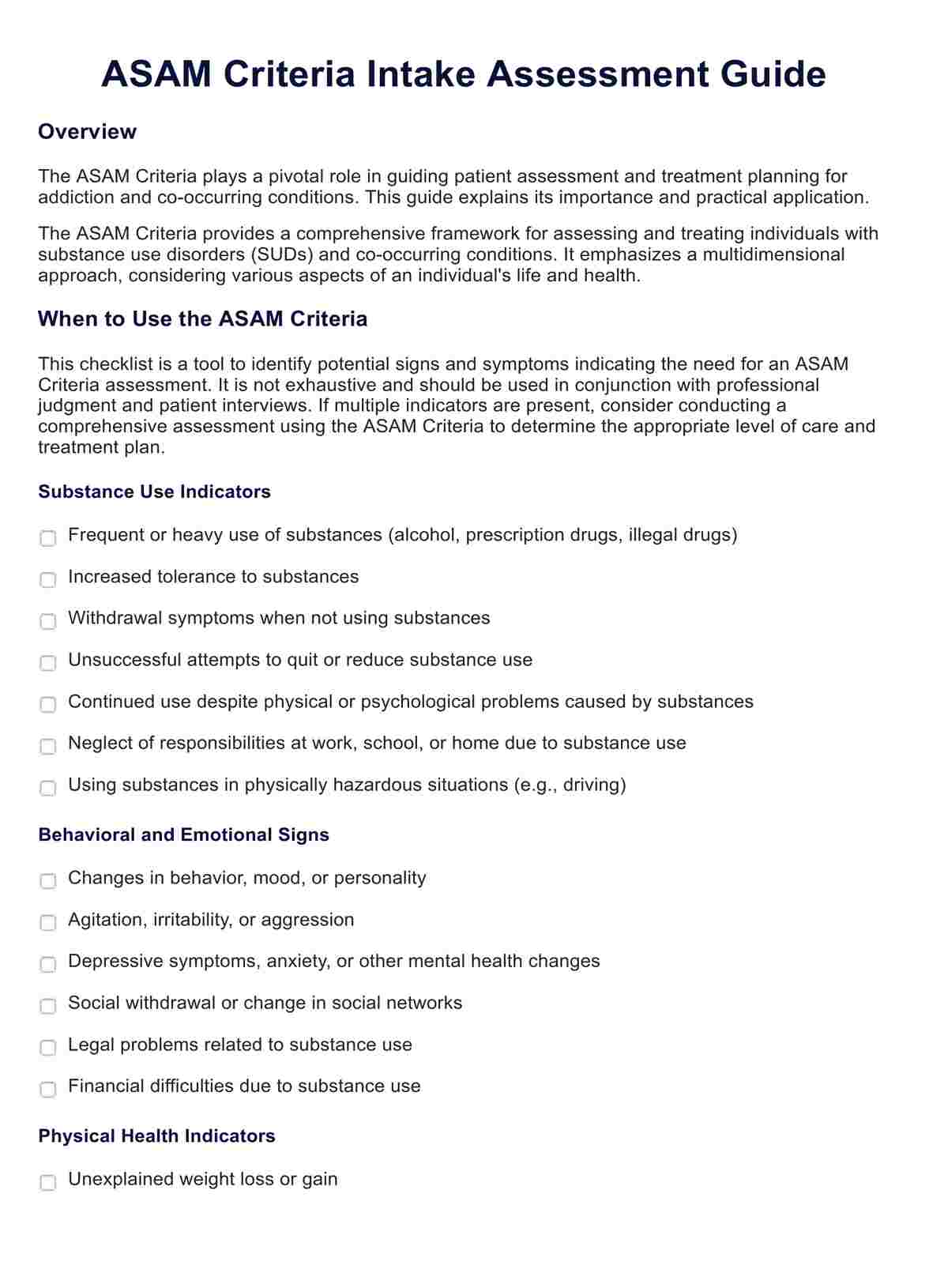
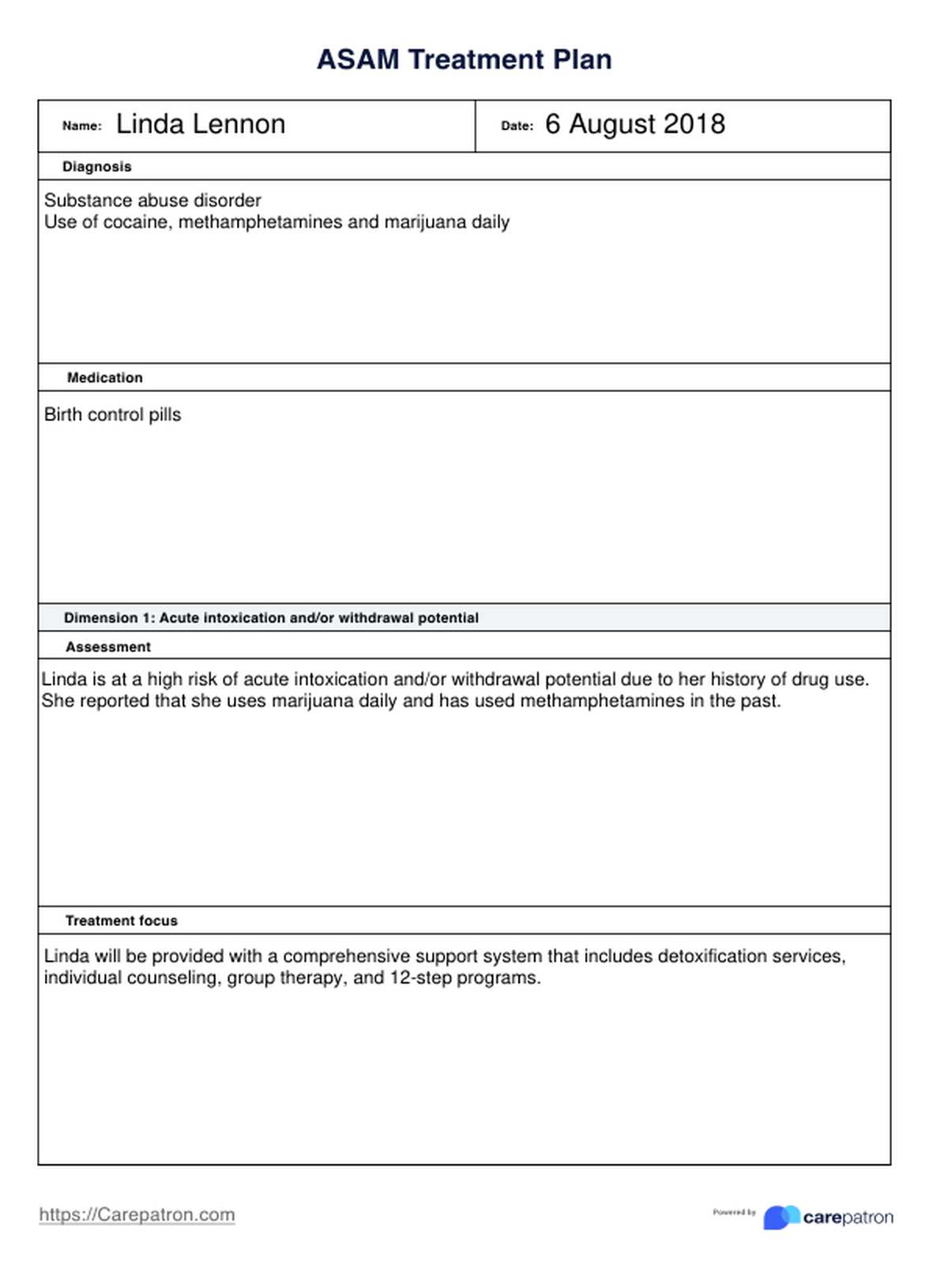


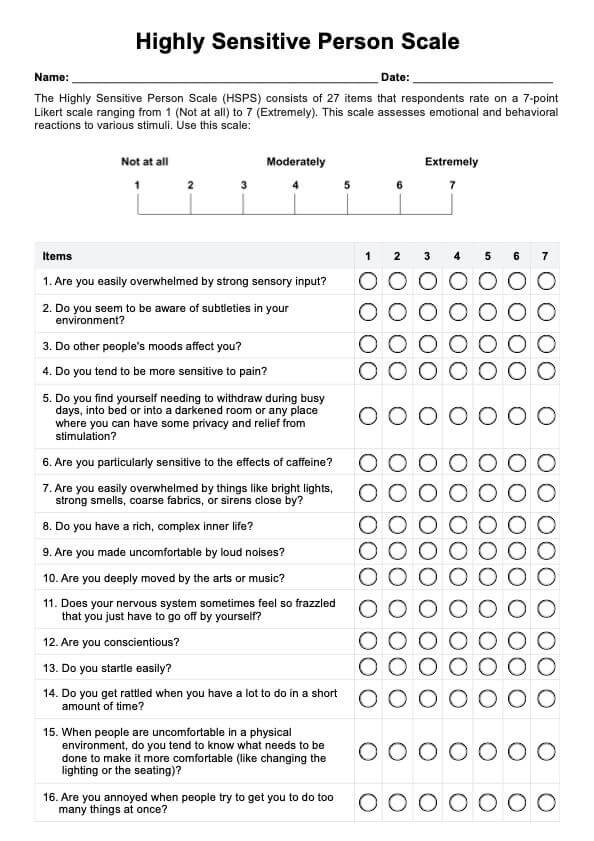










-template.jpg)


